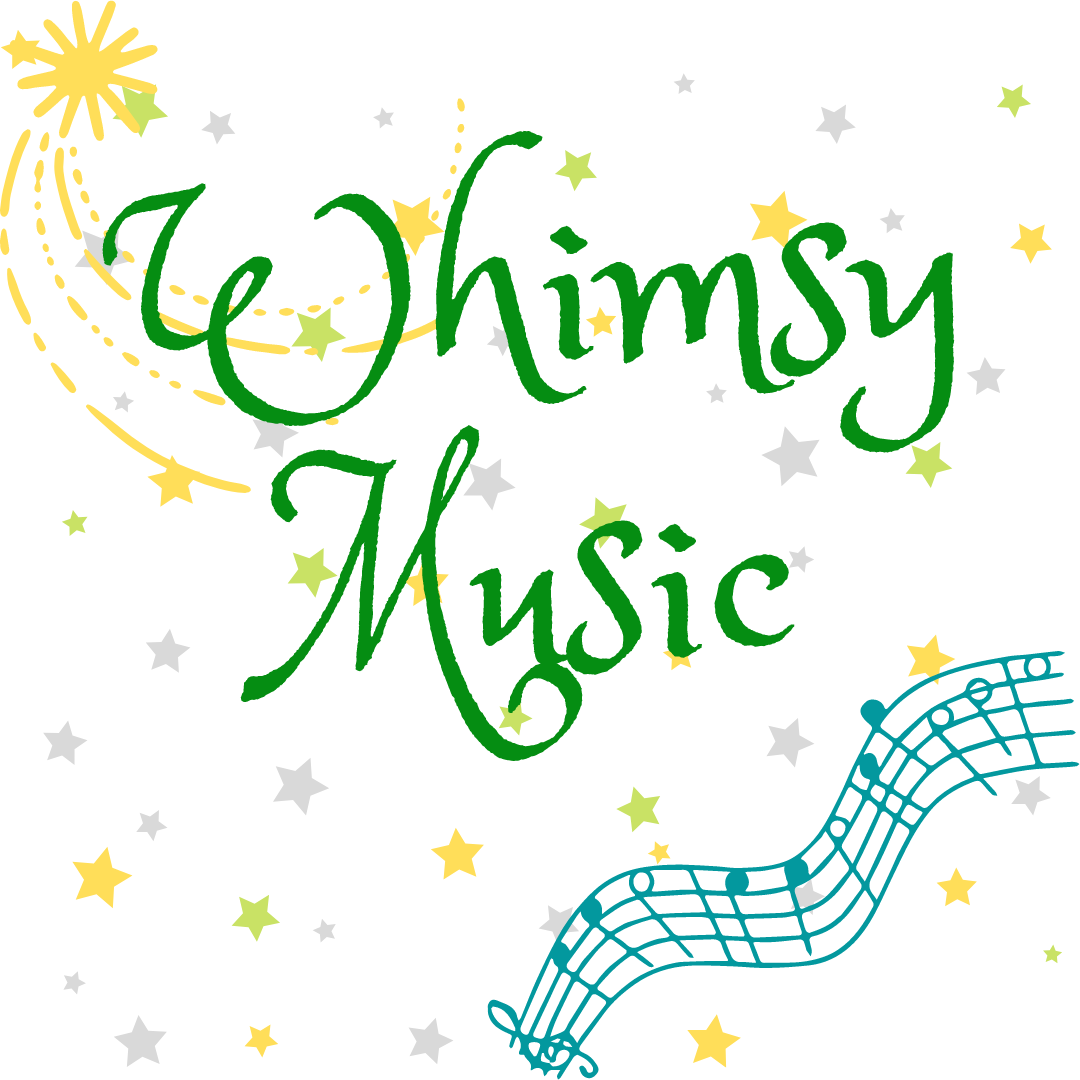Teaching Rhythm in the Secondary Elementary Grades
Our county gives a rhythm test to every 4th grader at the beginning of the year and then again at the end of the year. The test covers dictation, note identification, time signatures, rhythmic composition, and writing in counts. I try to teach most of these skills through games with a few worksheets thrown in here and there.
Note Identification
By 4th grade, I really try to get students away from using the Kodaly terminology to name notes. (I would love to do that in 3rd grade, but we only see students once a week and 3rd grade is a performance-heavy year for us).
My favorite game for this is Twister. I took a Twister mat and drew different rhythmic values on it with matching rhythms on the spinner. The game is played like regular Twister, but students must say “left hand quarter note” instead of the color.
Another game we play is a classic team game at the white board. Each team sends up one player at a time and I call out notes to draw. For example, I’ll say “draw 2 quarter notes and 1 half note” and then they race to see who can do it first. Once every student has had a turn, I tell them to pick one person to complete a challenge round. I write the challenge on a notecard for each team. It always includes at least one of each rhythmic value we’re trying to learn, so it ends up being pretty long. Depending on how close in score the teams are, I either let them wager their points Jeopardy-style, or make the challenge worth enough points for the underdog team to win. They LOVE this game and can get pretty wound up, so we have to set some ground rules before playing.
Small groups also love to play Don’t Break the Ice. I drew the notes onto the ice pieces and made some note cards with the names of the notes one them. When it is their turn, students draw a card and have to tap out an ice piece with the correct note. If there are no remaining pieces with that note, they draw again until they get one.
Time Signatures
Before I even talk about time signatures, we work on musical math. We use a few of these worksheets to get started with musical math problems.
After that, small groups play Don’t Spill the Beans. Instead of each player putting 1 bean down per turn, they draw a note card with a musical math problem on it (such as quarter note + whole note). They have to solve the problem then put that many beans down. They love this game!
Once they understand how to add up the number of beats, I explain how time signatures work. We focus on 2/4, 3/4, and 4/4. To get some practice making rhythms within a specific time signature, we do a small group Time Signature card game. Students draw 10 cards–some are time signatures and some are note values. They have to make “trains” with the correct number of beats to earn points. Working with the manipulatives seems to really help them understand the concept of time signatures!
Dictation
The kids actually really like dictation (and I always tell them it’s a skill I didn’t start working on until college, which makes them feel extra advanced!) We start with them choosing what I played from a set of 3 options. We talk about previewing each of the 3 rhythms and figuring out where there are differences and similarities to listen for. After the first playing, they try to eliminate one of the rhythms. We continue working through the process as a class until everyone (or almost everyone) is in agreement with what I played.
Another day, we’ll get out whiteboards and they’ll generate the rhythms I’m playing. I swear kids love using dry erase markers–doesn’t really matter what skill we’re practicing! I start with easy rhythms and then ask leading questions to help them get the correct answers once the rhythms become more difficult.
Writing in Rhythm Counts
Moving away from using Kodaly syllables and into using numbers to count rhythms is a huge goal I have for my 4th and 5th graders. It’s a slow and long process. Once they understand time signatures, we start with quarter notes and quarter rests in 4/4 time. I use these exit slips to gradually teach counting. The exit slips move from counting notes that take up a whole beat to notes that split the beat (eighth notes), then add half and whole notes, and then move on to sixteenth notes (1 beat worth). This order follows the same progression we used when learning the Kodaly names for the notes. The slips then move into half rests, whole rests, and dotted half notes.
We start our class with 5 minutes of learning about how to count a new note value, then filling out the slip. The next class, the students who need extra practice with that concept complete the “extra practice” slip that goes with each level. The other students get a few minutes to talk while I meet with the kids who need more individualized help. We all move on to the next concept together a few classes later.
Other Rhythmic Considerations
All of this work is done in conjunction with opportunities to play instruments and put rhythmic knowledge to use. In 4th grade, this is done mostly with recorders, and in 5th grade, we play guitars, ukuleles, and keyboards. I’ve found that students are much more likely to “buy in” to the more boring aspects of learning about rhythm if they can put it to use.
If you want more information about structuring a recorder lesson, check out this post!




